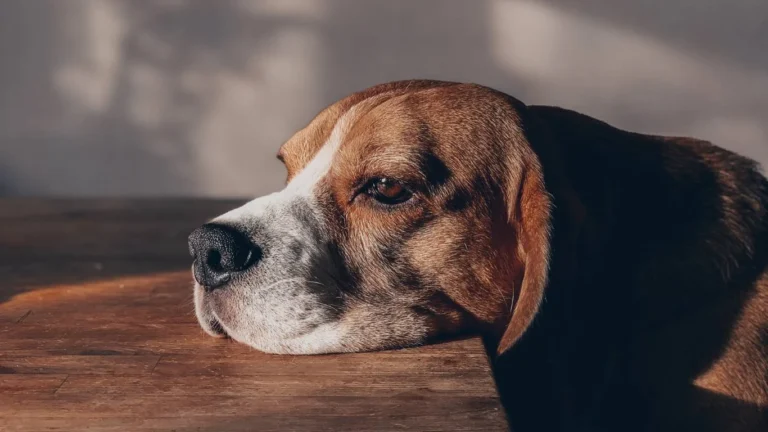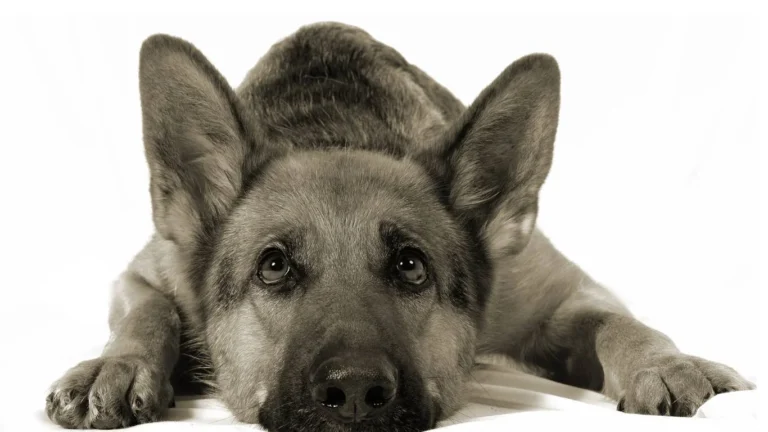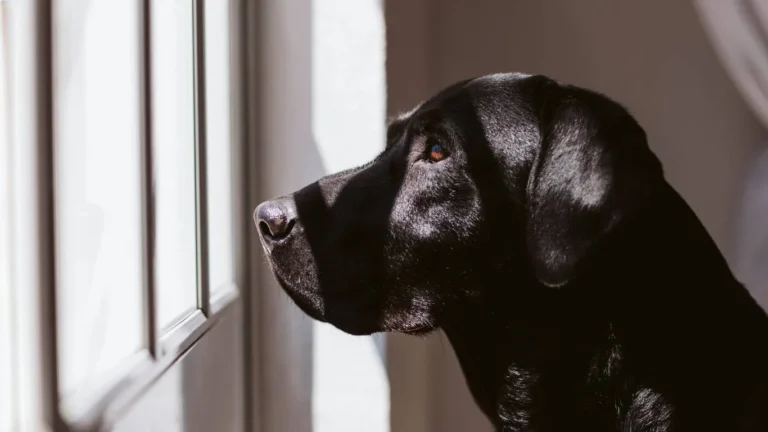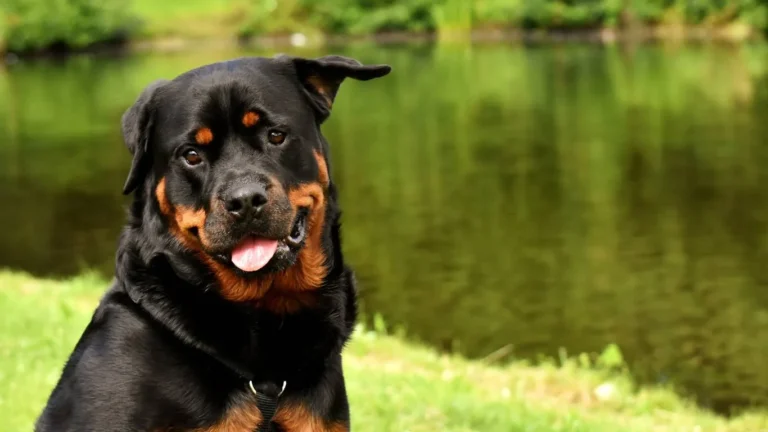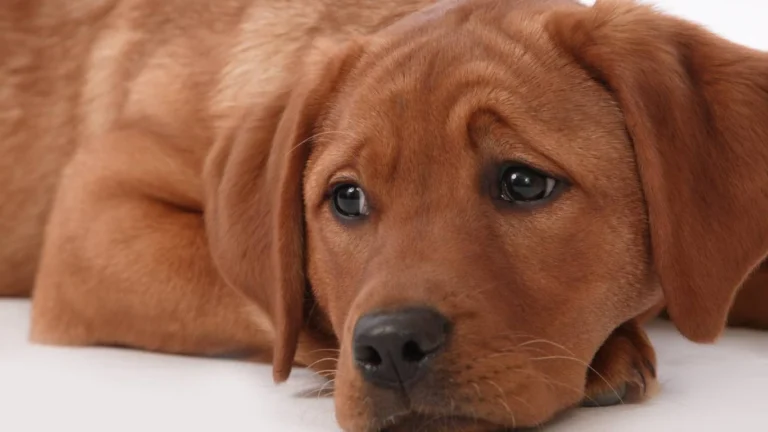Urgent Care Tips: What to Do If Your Dog Has a Swollen Eye
So, you’ve just noticed your pup has one eye looking puffier than usual, and now you’re frantically googling what to do if your dog has a swollen eye. First—take a breath. I’ve been there more times than I can count in my years working as a Veterinary Assistant, especially with a focus on nutrition and wellness. Swollen eyes in dogs can be alarming, but they’re more common than you’d think and often treatable. Whether it’s from allergies, a scratch during playtime, or something more serious like an infection, getting to the root of it quickly is key.
Common Reasons Why Your Dog Might Have a Swollen Eye
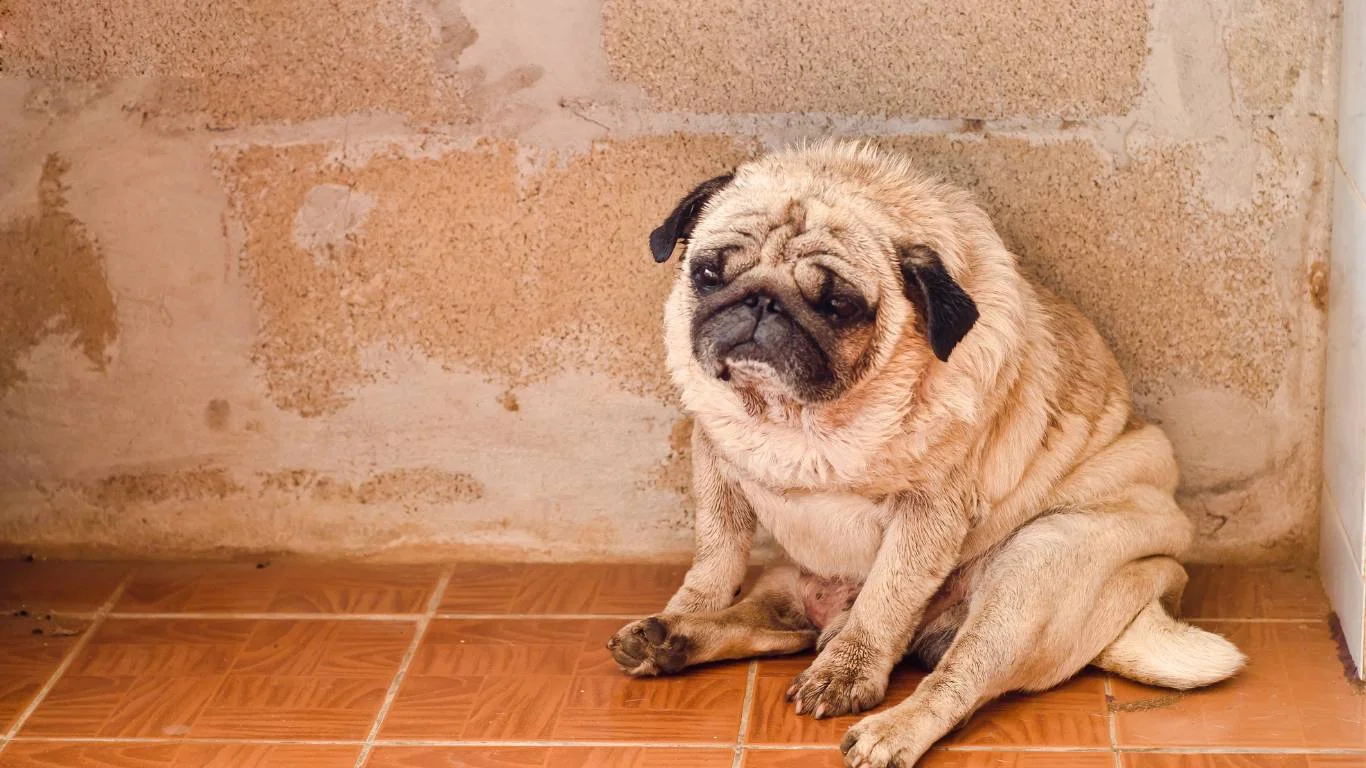
1. Allergies—More Than Just a Human Problem
You’d be surprised how many dogs come into the clinic with eye swelling caused by something as seemingly innocent as pollen or a new brand of dog food. Yes, just like us, dogs can react to environmental triggers, food ingredients, or even household cleaners. I once had a sweet Golden Retriever patient who puffed up around the eyes every spring like clockwork—poor thing looked like she lost a round in a doggie boxing match. With allergy management and some topical treatments, she was back to normal in no time.
2. Eye Trauma—The Sneaky Culprit
Dogs are naturally curious (and sometimes clumsy), which makes them prone to minor injuries. A quick swipe from a cat buddy, a rogue stick during fetch, or even roughhousing with other dogs can lead to a swollen eye. The tricky part is they often try to hide pain, so you might not notice until swelling sets in. If there’s any chance your dog got poked or scratched, it’s best to have a vet look at it—even if they’re acting like it’s no big deal.
3. Infections—It’s Not Just Pink Eye
Bacterial or viral infections can cause a condition called conjunctivitis (yep, just like kids get). Signs might include redness, discharge, squinting, and swelling. A telltale symptom I always tell pet parents to watch for is goopy eyes—if your pup’s eye has discharge that’s yellow or green, it’s time to book a vet visit. Trust me, the sooner you catch it, the easier it is to treat.
4. Bug Bites and Stings
Especially during warmer months, insect bites around the face can cause sudden swelling. I’ve seen a Boxer come in with a ballooned-up face after chasing a bee—classic case. A swollen eye due to a sting or bite might come with other symptoms like itching or hives. It’s usually not serious unless your dog shows signs of an allergic reaction (think difficulty breathing or excessive drooling), in which case it’s a vet emergency.
How to Safely Assess the Situation at Home
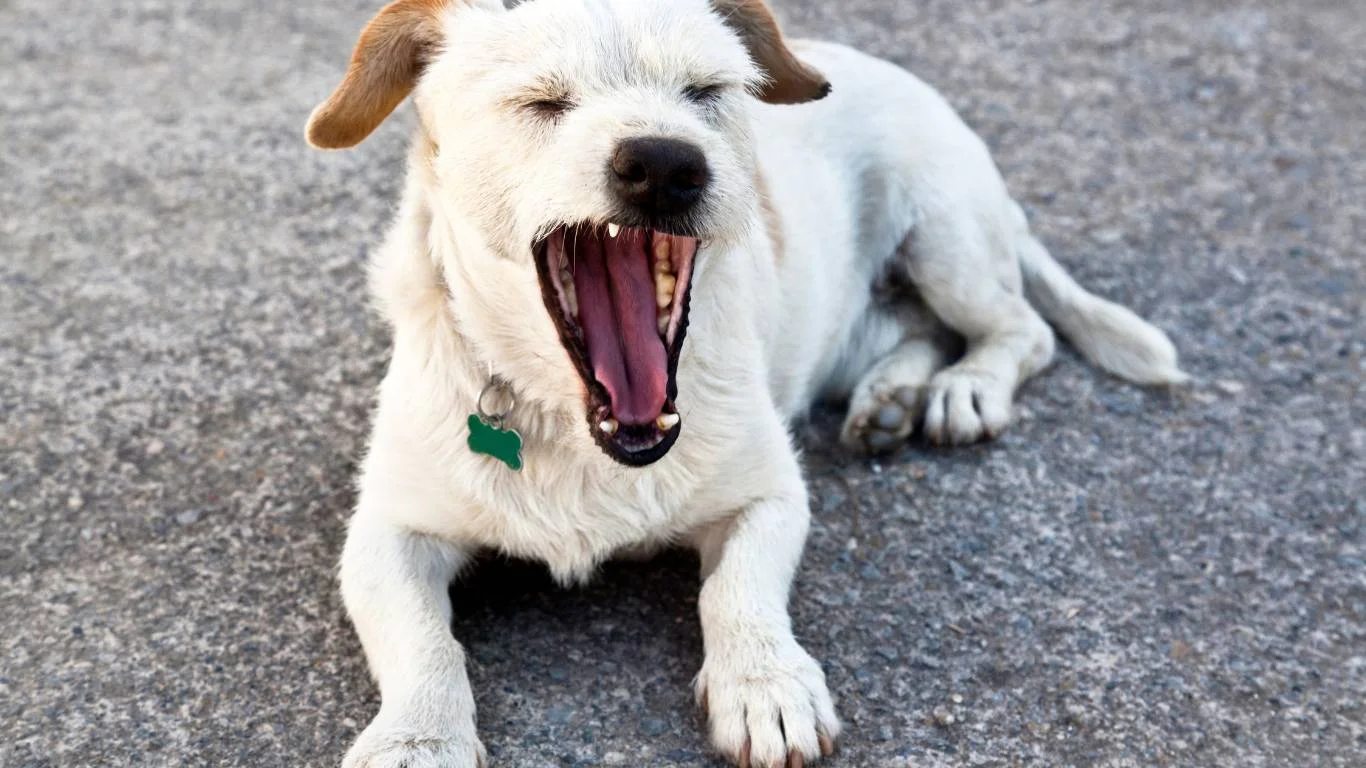
Step 1: Stay Calm and Observe
Dogs feed off our energy, so if you’re freaking out, they’ll pick up on that. Take a close look at the eye without touching it too much. Is your pup squinting? Is there discharge? Redness? Swelling just above or below the eye? Snap a photo (handy for vet visits!) and take notes.
Step 2: Check for Additional Symptoms
- Is your dog pawing at their eye?
- Do they seem lethargic or unusually quiet?
- Is there a bad smell coming from the eye?
- Are both eyes affected or just one?
All of this can help a vet narrow down the cause much faster. I always advise pet parents to gather as much info as possible before the appointment—trust me, your vet will thank you.
Step 3: Avoid Home Remedies Unless Directed by a Vet
As tempting as it is to reach for eye drops or human allergy meds, don’t. I’ve seen too many dogs come in worse off because someone used Visine or Benadryl without proper guidance. What works for us can be irritating—or even toxic—to dogs. When in doubt, just call your vet. Even a quick phone consult can help rule out the serious stuff.
When to See a Vet Immediately
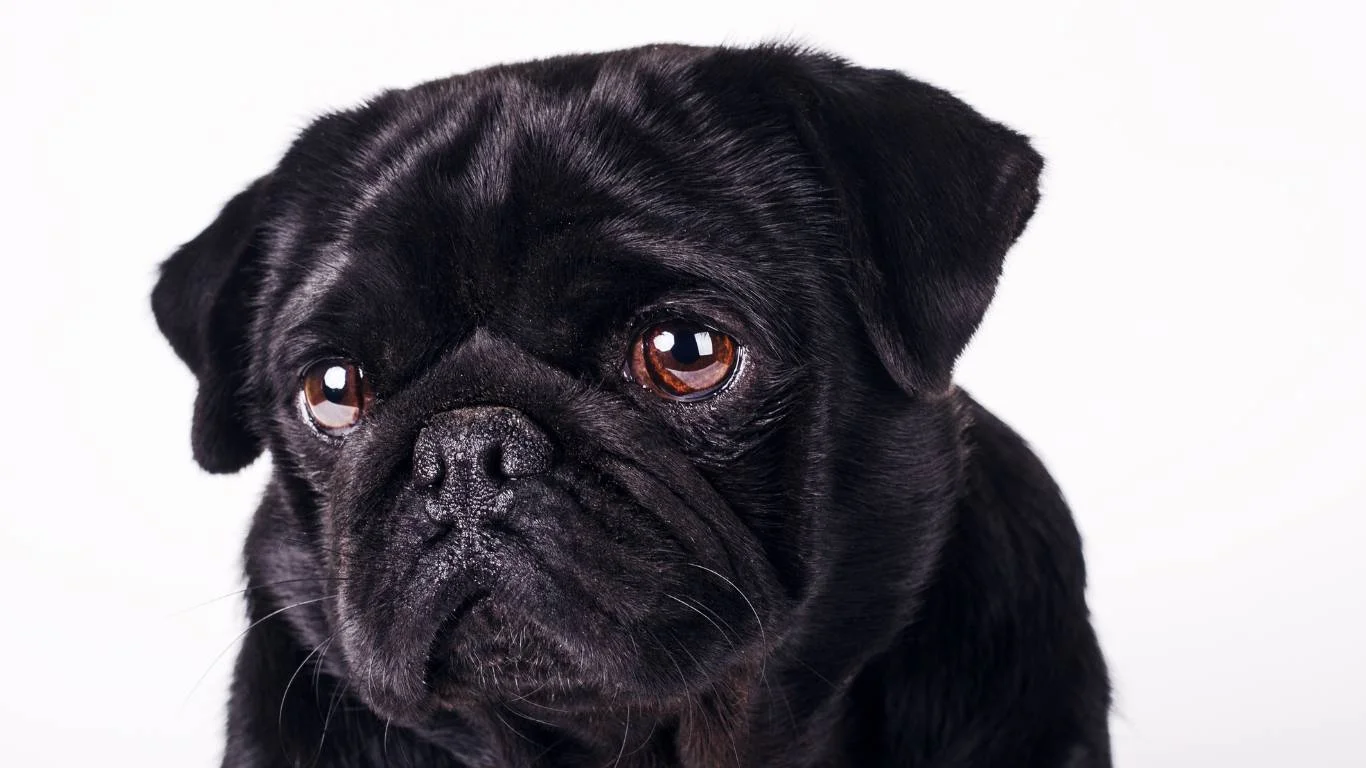
Red Flags You Shouldn’t Ignore
- Swelling that worsens rapidly
- Bleeding from the eye or surrounding area
- Changes in eye color (especially if cloudy or bluish)
- Eye appears to be bulging out
- Loss of appetite or major behavior changes
In my experience, any eye issue that escalates quickly is worth an urgent visit. The eye is delicate, and infections or injuries can worsen fast—sometimes in just a few hours. Waiting too long could mean more intense treatments or even risking vision loss. Better safe than sorry, right?
What to Do if Your Dog Has a Swollen Eye — Treatment & Care Tips
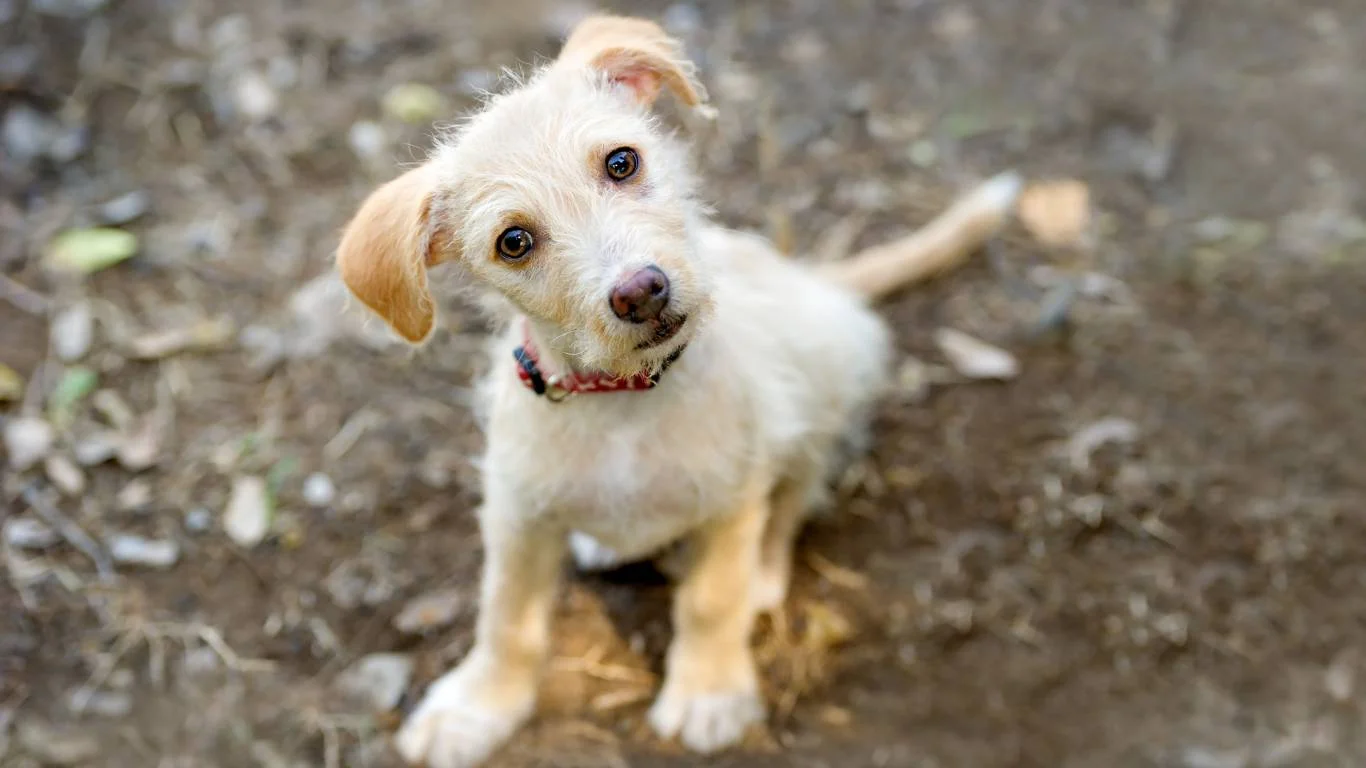
Vet-Approved Treatments You Can Expect
Once you’re at the vet, they’ll start with an eye exam—probably using a fluorescein stain to check for corneal ulcers or scratches. It’s a fancy name, but basically, it’s just a special dye that glows under a blue light to reveal damage. I’ve done this dozens of times—it’s quick, painless, and super helpful for diagnosing issues like ulcers or foreign objects.
Depending on the cause, here are a few treatment options you might run into:
- Antibiotic eye drops or ointments: For infections or mild trauma. These need to be applied several times a day, which can be tricky with squirmy pups. A little tip from me: wrap them in a towel burrito-style—it’s a lifesaver.
- Oral medications: If there’s inflammation or infection beyond the eye, oral antibiotics or anti-inflammatories may be prescribed.
- Elizabethan collar (cone of shame): Not fun, but necessary. Keeps them from rubbing or scratching, which could make things worse.
Follow-Up Matters More Than You Think
I can’t stress this enough: don’t skip the follow-up visit. Eyes can improve quickly, but sometimes the underlying issue hasn’t fully resolved. I’ve seen dogs return weeks later with a worsened condition simply because treatment was stopped too early. Your vet may want to re-check the eye to ensure everything’s healing properly and that vision hasn’t been affected.
Home Care After the Vet Visit
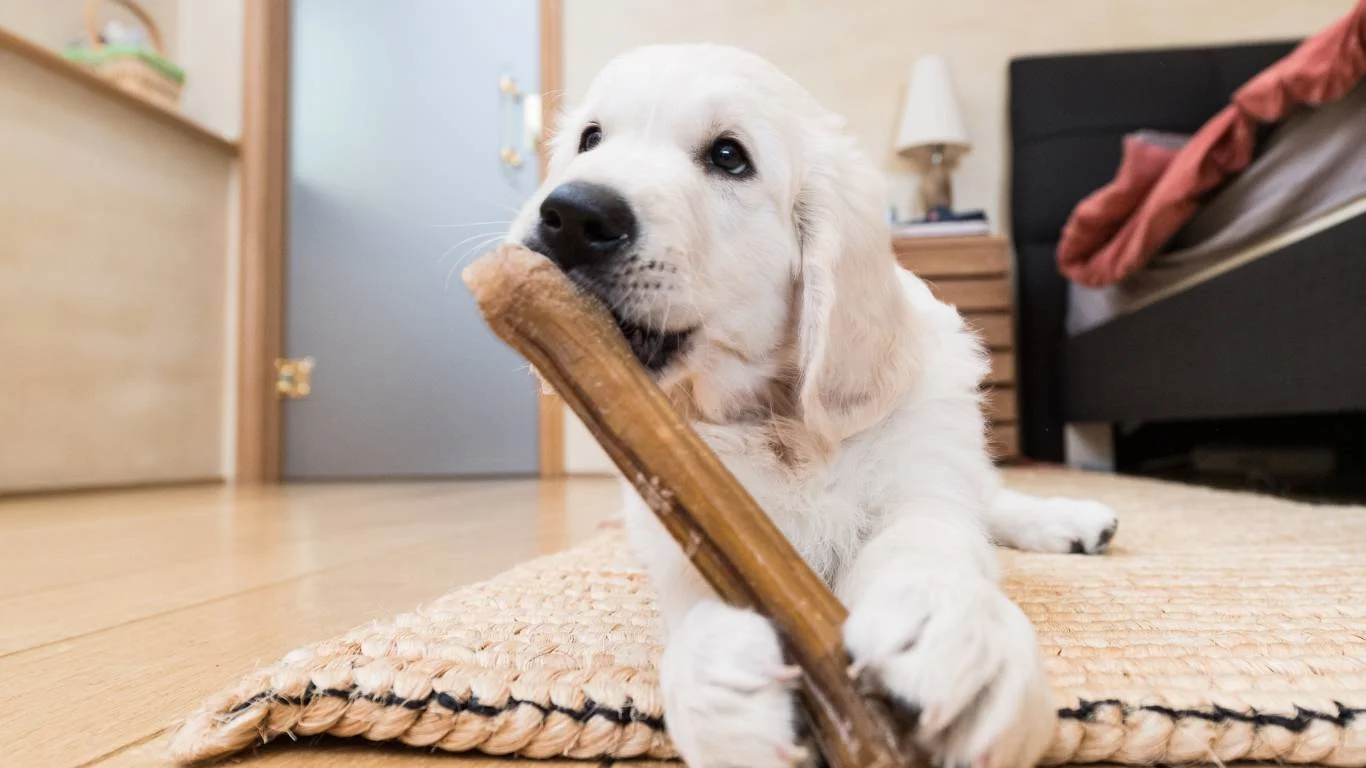
Making Medication Time Less Stressful
If you’ve ever tried to put drops in a dog’s eye, you know it’s not always smooth sailing. I usually recommend approaching from behind or the side, not straight-on. Gently hold the eyelid open and drop the medication in the corner—then give LOTS of praise and maybe a treat. Make it a positive experience, and they’ll fuss less next time.
Keep an Eye (Pun Intended) on Progress
Every day, do a quick visual check. Is the swelling going down? Is there less discharge? Is your pup acting like their usual happy self again? If anything looks off or seems to be getting worse—like cloudiness, redness spreading, or more squinting—call your vet back. No shame in double-checking. I always tell pet parents, it’s better to be safe than sorry when it comes to eyes.
Preventing Further Issues
- Keep your dog’s face clean: Wipe away discharge with a clean, damp cloth—use a separate side for each eye.
- Avoid rough play: Especially with other pets, while the eye is healing.
- Stick to vet-recommended food: If allergies are a cause, your vet might suggest a hypoallergenic diet. I’ve seen great results in dogs switched to limited-ingredient foods—less itching, fewer flare-ups.
When Things Get Complicated

Conditions That May Require a Specialist
Sometimes, an eye issue turns out to be more than an infection or sting. Things like glaucoma, uveitis, or tumors can also cause swelling. In these cases, your vet may refer you to a veterinary ophthalmologist. Yep, they exist—and they’re eye experts for pets. I once worked with a young Labrador who was diagnosed with glaucoma in one eye and had to be on lifelong medication to manage eye pressure. Early detection made all the difference for her quality of life.
Eye Surgery—When It’s the Best Option
While it sounds scary, sometimes surgery is necessary—especially if the eye is severely damaged or vision is permanently affected. Procedures can range from repairing corneal injuries to, in rare cases, removing the eye (enucleation). It’s always a tough call for any pet parent, but I’ve cared for plenty of one-eyed dogs who live happy, full lives. Dogs are resilient. They bounce back better than we do sometimes.
Let Your Dog Guide the Recovery
Above all, listen to your dog. If they’re still acting off, hiding, or not eating, something might still be bothering them. On the flip side, if they’re back to wagging, playing, and demanding belly rubs—you’re probably on the right track. Trust your gut and your vet.
Helping Your Dog Heal: Long-Term Eye Health Tips

Building a Routine That Supports Eye Health
Once your dog’s swollen eye is under control and the vet gives you the all-clear, it’s time to think long-term. Just like you’d stay on top of your own eye health, dogs benefit from regular care and monitoring too. I tell pet parents all the time—keeping those peepers healthy doesn’t take much, but it makes a huge difference.
Start by adding a weekly eye check to your routine. It takes less than a minute and can help you catch early signs of trouble before they turn into full-blown problems. Here’s what to look for:
- Excessive tearing or discharge
- Squinting or frequent blinking
- Visible redness or cloudiness
- Changes in eye shape or pupil size
Any of those can be red flags. Better to catch it early than wait for swelling or vision loss.
Eye-Friendly Diets and Supplements
Nutrition is often overlooked when it comes to eye health—but as someone who’s worked hands-on with dogs in a nutrition-focused clinic, I can tell you it matters. Antioxidants like vitamin A, lutein, and omega-3 fatty acids are your dog’s best friends when it comes to long-term eye support.
Some top foods and supplements to consider include:
- Fish oil (helps reduce inflammation)
- Blueberries or carrots (packed with antioxidants)
- Veterinary-formulated multivitamins for ocular health
Talk to your vet before introducing anything new—some supplements can interact with medications or be unnecessary depending on your dog’s condition.
Preventing Future Eye Swelling Episodes

Simple Changes That Make a Big Difference
One of the biggest takeaways from my time in clinic is how small lifestyle tweaks can prevent big problems. If your dog has a history of eye issues, or if you’re just trying to avoid repeat vet visits (and who isn’t?), try implementing a few of these:
- Keep fur trimmed around the eyes: Long hair can poke or irritate the eye, especially in breeds like Shih Tzus or Poodles.
- Use a harness instead of a collar: Collars can put pressure on the neck and cause head strain—especially for smaller dogs. Harnesses give you more control and reduce risk during walks.
- Limit exposure to known allergens: If your dog flares up every spring or after visiting the park, talk to your vet about antihistamines or a safer routine.
- Protect their eyes during outdoor activities: There are even dog goggles (yes, “doggles” are a thing!) for windy hikes or beach days. Silly-looking, sure—but so effective.
Know Your Breed’s Risks
Some breeds are more prone to eye problems than others. Brachycephalic dogs—think Bulldogs, Pugs, Boxers—have those adorable, bulging eyes that unfortunately come with a higher risk of trauma and dryness. On the other end, breeds with deep-set eyes like Collies or Cocker Spaniels can be more prone to infections or tear duct issues. Understanding what’s normal for your dog’s breed helps you stay proactive and spot problems faster.
Final Thoughts on What to Do If Your Dog Has a Swollen Eye

Don’t Second-Guess Seeking Help
I always say this to every pet parent I work with: if something feels off, it probably is. Trust your gut. Eyes are delicate, and when it comes to what to do if your dog has a swollen eye, the safest bet is to act quickly, seek professional guidance, and follow through on aftercare. Your dog can’t tell you something’s wrong—so it’s up to you to notice the little things.
With early attention, the right treatment plan, and a sprinkle of patience (okay, sometimes a bucketful), most dogs bounce back just fine. And with a little prevention sprinkled into your routine, you can help avoid future flare-ups and keep those puppy dog eyes shining bright.
References
Disclaimer
This article is for informational purposes only and is based on personal experience as a veterinary assistant with a focus on pet nutrition. It is not a substitute for professional veterinary advice. If your dog is experiencing eye swelling or any signs of discomfort, consult a licensed veterinarian immediately.
